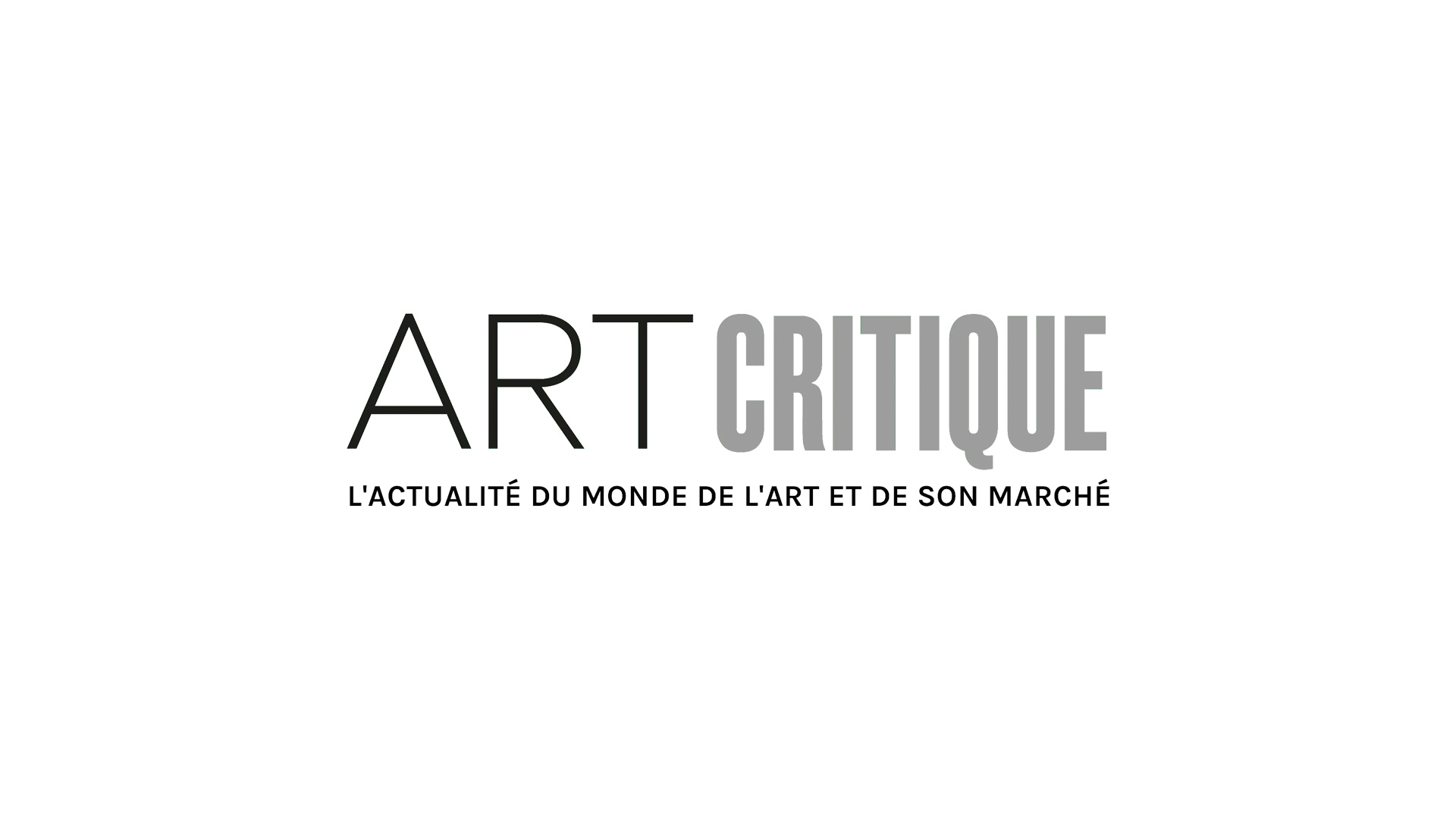I had never heard of Marta Minujín before visiting the New Museum’s exhibition, La Menusuna: Reloaded, whose experimental and surreal qualities at once allured and overwhelmed me with an urge to escape her labyrinth of immersive spaces. When Minujín created the 16-room installation at the Center of Visual Arts of the Instituto Torcuato di Tella in Buenos Aires in 1965, it set off a shock wave across the capital. Decades later, in New York City, Minujín’s ephemeral artworks continue to connect and surprise visitors, as well as test their personal boundaries.
Born in Buenos Aires in 1943, Marta Minujín studied fine art at the Escuela de Bellas Artes Manuel Belgrano and art education at the Escuela Superior de Bellas Artes. Against the backdrop of Fascist dictatorships, the artist developed a distrust of collectible art objects that pushed her to create avant-garde artworks: soft sculpture, performance art, installations, and video. Minujín describes her philosophy in a video interview with the Tate Modern: “The artist should feel the reality, show it, and destroy the piece of art so that they do not become a slave to the market.” Throughout her long career, she has continued to focus on capturing a moment as well as curating an experience for the viewer or participants rather than the permanence of the artwork.

The title of the original large-scale installation, La Menesunda, alluded to an Argentine slang word that refers to commotion or a state of confusion. Minujín collaborated with artist Ruben Santonin, to build “things” – not paintings or sculptures. In the same Tate Modern interview, Minujín discusses the work’s first installation, “We came with an idea that was completely outrageous, to reproduce Buenos Aires from an artists’ point of view. It attracted so many people because the idea of participation was new, it was the first time that it was very successful.” Minujín’s ability to disorient and attract visitors is as real now as it was in 1965.
When I arrived at the New Museum, my colleagues and I quickly walked through the stanchions toward the exhibition, barely glancing at the advisory warning at its entrance. As a museum educator, I assumed the wall text was overly cautious – it was not. We first went up a tiny staircase that led to retro TV screens set into an iridescent red wall. Monitors recorded visitors as they entered the stair’s platform while simultaneously playing newsreels from 1965 Buenos Aires.
We then moved down into a bedroom where a couple cuddled on a bed at the visitors’ eye level. My colleague could not help asking, “Are you two part of the exhibition?” Like serious performers, they pretended to be oblivious to us despite our intimate proximity. A few more steps down and we were in a cavernous pink room with 1960s cosmetics splayed all over the walls. A beautician asked us if we wanted to get our nails painted or experience a makeover. I opted for the strong Argentine perfume.

From there, we ventured through a portal with a spinning door, trudged through a squishy tunnel, and crawled through a refrigerator door to reach a black-light lit room. A plexi tube invited one visitor at a time to enter it; each participant’s weight, activated the space, altering the light in the space and the movement of streamers. To escape, we had to open a door disguised as a mirror. The exhibition eventually ends with a video from 1965 showing the installation of the original artwork.
After experiencing each room, I was struck by how controversial and groundbreaking this work must have been 54 years ago. Little did Minujín know that she would become a pioneer in the increasing demand for immersive art experiences like teamLab or most obviously Meow Wolf. The Santa Fe art attraction is indebted to Minujín: whether through her abstract soft sculpture, refrigerator tunnel, or eccentric idea to create a story of place through an artist’s space. The exhibition, La Menusuna: Reloaded will be on view until September 29, 2019.





